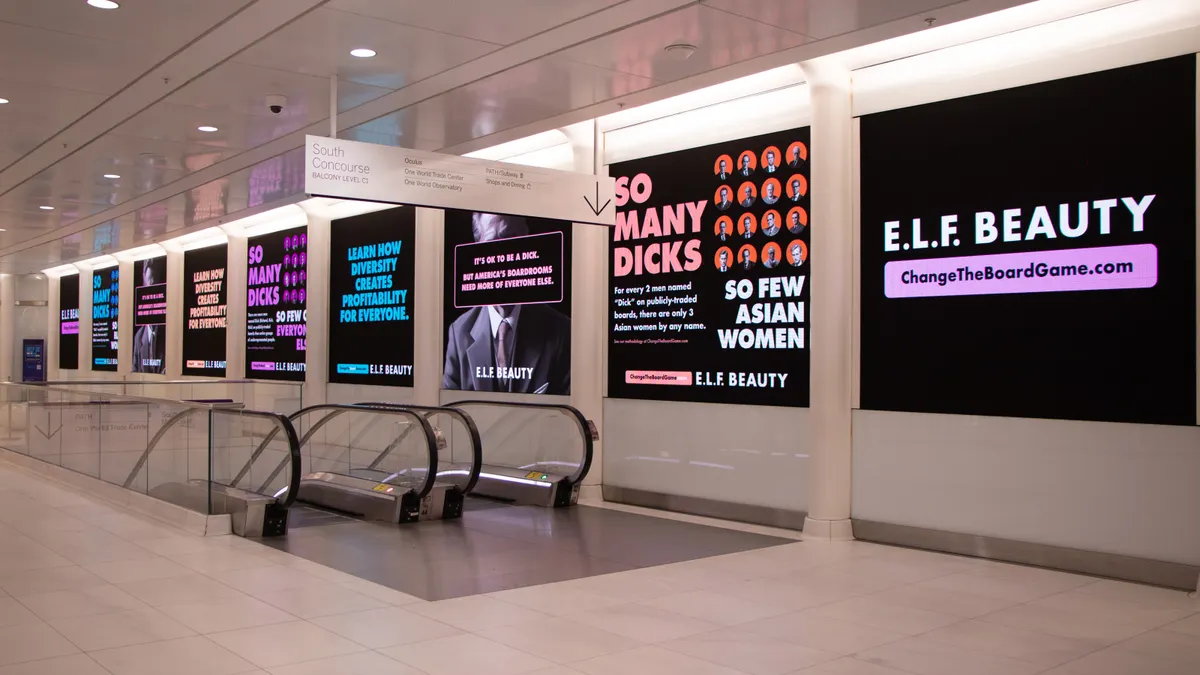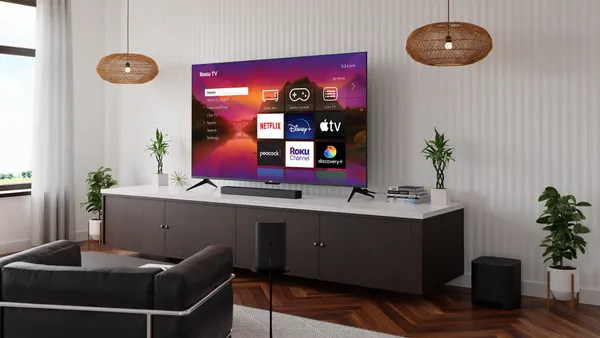Dive Brief:
- Despite linear TV ad impressions declining 4.25% year over year in Q1 2025, ad spend on the channel grew 4% to $12.34 billion, per a report from iSpot shared with Marketing Dive. The total signals a sharper focus on quality placements amid economic distress.
- Streaming impressions accounted for nearly 14% of total TV ad impressions in Q1, an increase from early 2023, when the channel accounted for 6% to 8% of monthly impressions. Linear TV’s share narrowed to 86%, a decline from 92% in early 2023.
- While an average of 32% of upfront budgets are now allocated to streaming platforms, many marketers lack key contextual data from streaming partners needed to optimize spend. Only 44% of marketers receive programmatic data and 48% receive attribution data, per iSpot.
Dive Insight:
The upfronts, the annual season for brokering advertisers commitments, is here, and marketers are ready to bet on streaming. A third of advertisers are allocating almost half (48%) of their upfront commitments to streaming, according to iSpot’s “Q1 2025 TV Ad Transparency Report.”
Still, while streaming is increasingly being placed at parity with linear TV, challenges remain. Eighty percent of advertisers receive reach and frequency data and 61% get demo info from streaming partners, per iSpot, but many don’t receive contextual performance data, adding difficulty to their ability to optimize spend.
Even as marketers increase streaming budgets, linear TV still has a place. Though impressions fell year over year in Q1, spending increased, a signal that advertisers are getting savvier with their investments, according to Mark Myers, iSpot’s chief commercial officer.
“The rise in linear TV ad spend, even as impressions softened, shows that brands aren't pulling back, they're getting smarter—prioritizing precision, tailored placements and measurable outcomes," said Myers, in release details. “Brands that are finding success with their campaigns are pairing quality media mixes with outcome-driven strategies beyond surface-level metrics.”
National linear TV continues to center around sports and news. Most of the top 20 networks experienced an ad reach decline in Q1, except for those focused on news, sports or both. Live sports continue to prop up the market, with the top three programs of Q1 being men’s college basketball, the NFL and the NBA. Household reach for the Super Bowl rose 4.55% year over year, despite a viewership drop of 1.75%. The men’s NCAA basketball tournament delivered 26.22 billion linear TV ad impressions, up 15.5% year over year.
While live sporting events were able to bump linear TV’s performance, they weren’t able to make up the ground lost to streaming. The growth of ad-supported streamers like Netflix and Amazon Prime Video since 2023, along with the broader cultural shift towards streaming, is compelling more advertisers to focus on cross-platform strategies.
The shift toward streaming corresponds with an overall increase in digital video ad spend, which is expected to grow 14% in 2025 to $72.4 billion. Digital is projected to account for 58% of video spending this year, up from 51% in 2024.
As upfront commitments begin, marketers are making outcomes a top priority. Fifty-three percent of survey respondents said outcomes are the most important factor when it comes to media buys, followed by value at 27%.
iSpot’s “Q1 2025 TV Ad Transparency Report” analyzed 224 billion linear and connected TV ad impressions from 87 brands across 12 product categories. To get a sense of budgets, the measurement company surveyed more than 260 marketers from 208 brands and agencies ahead of the 2025-26 upfronts.













